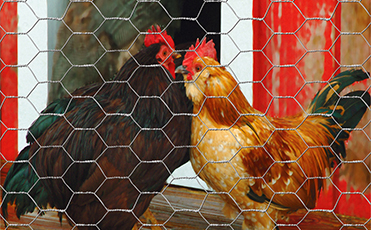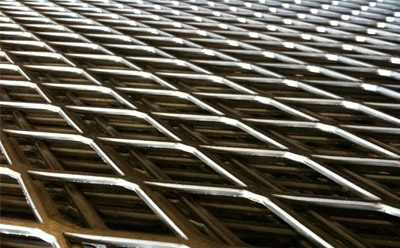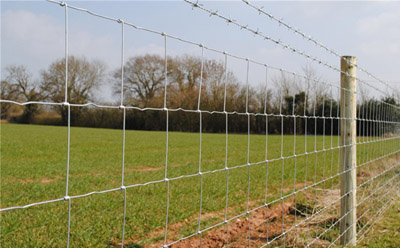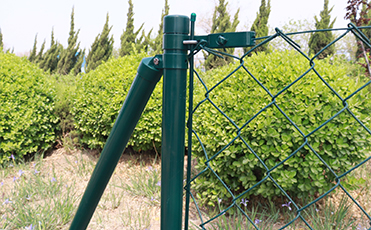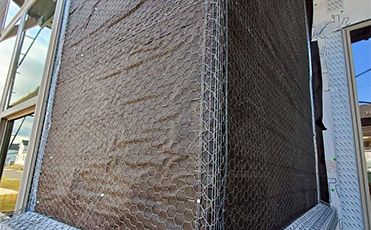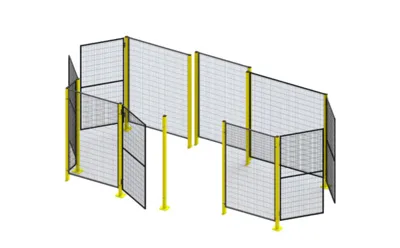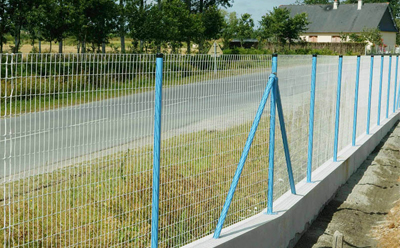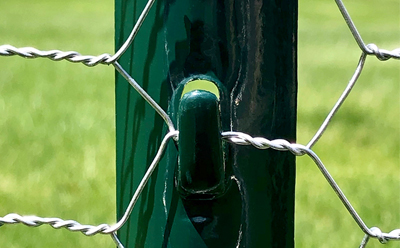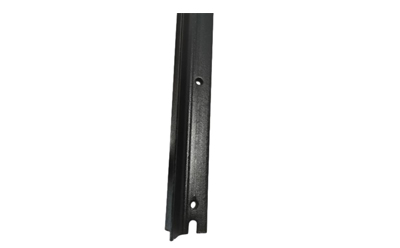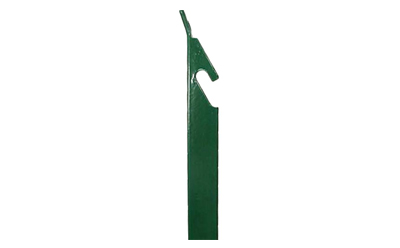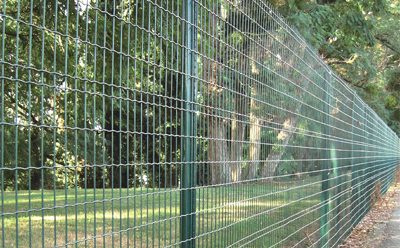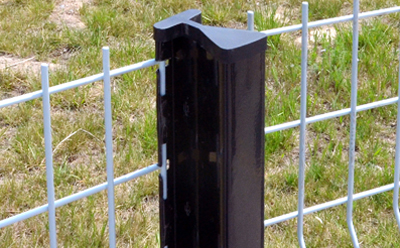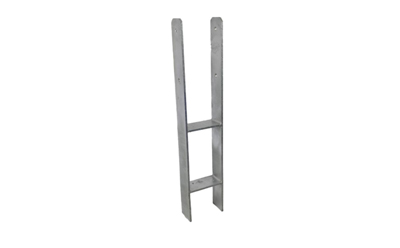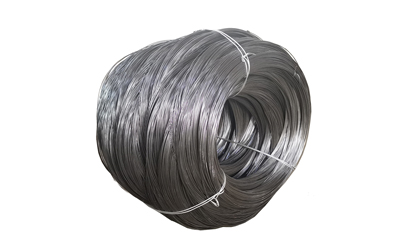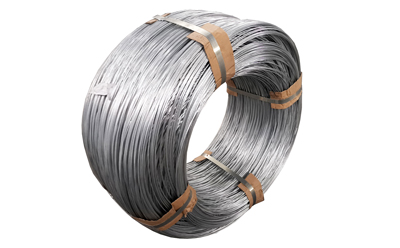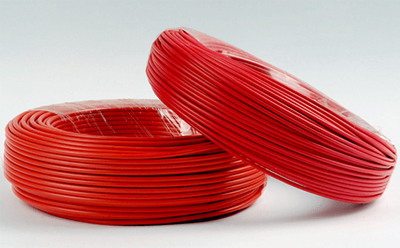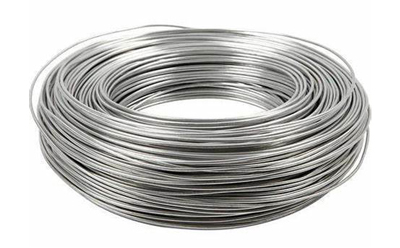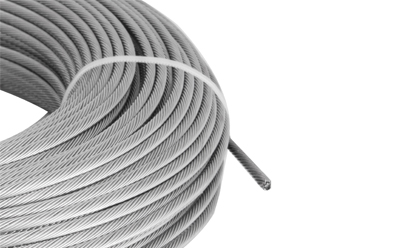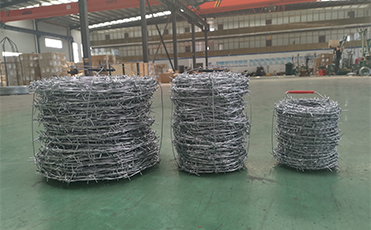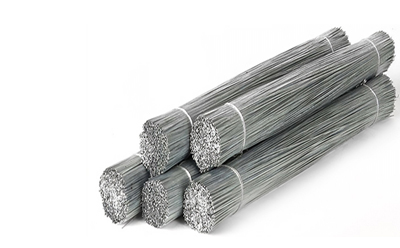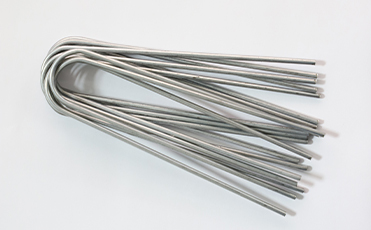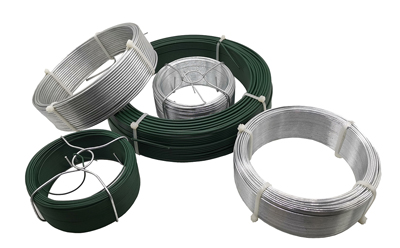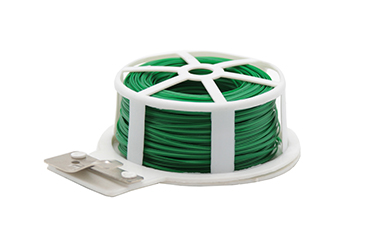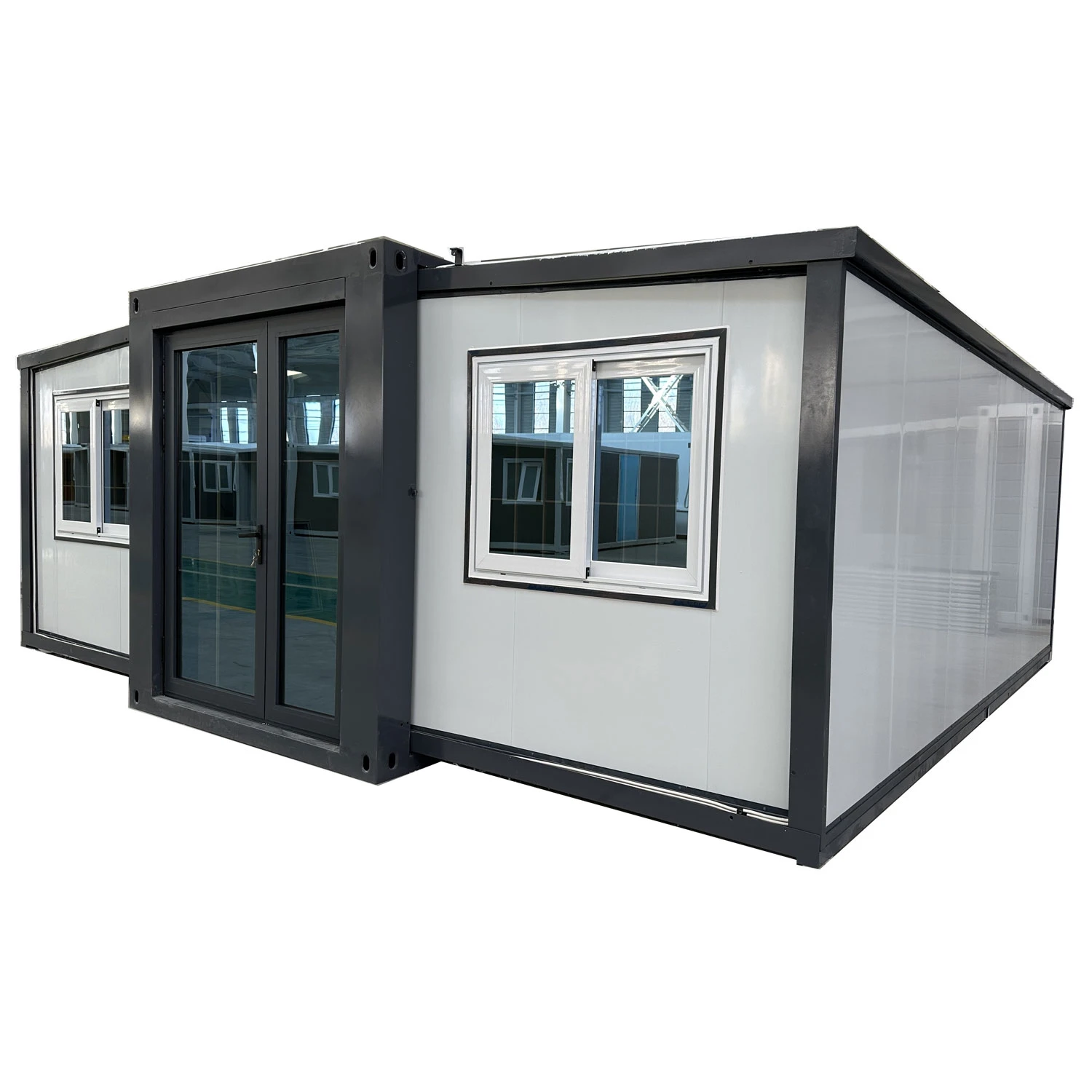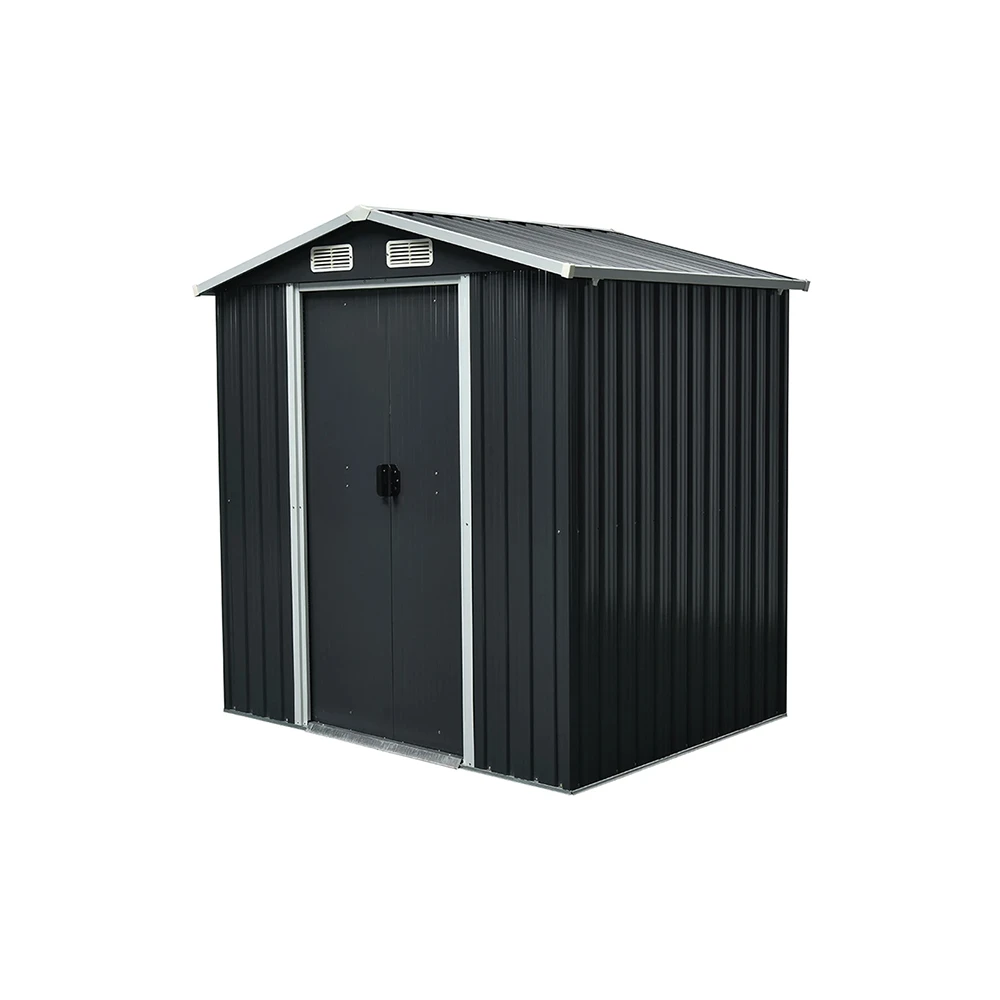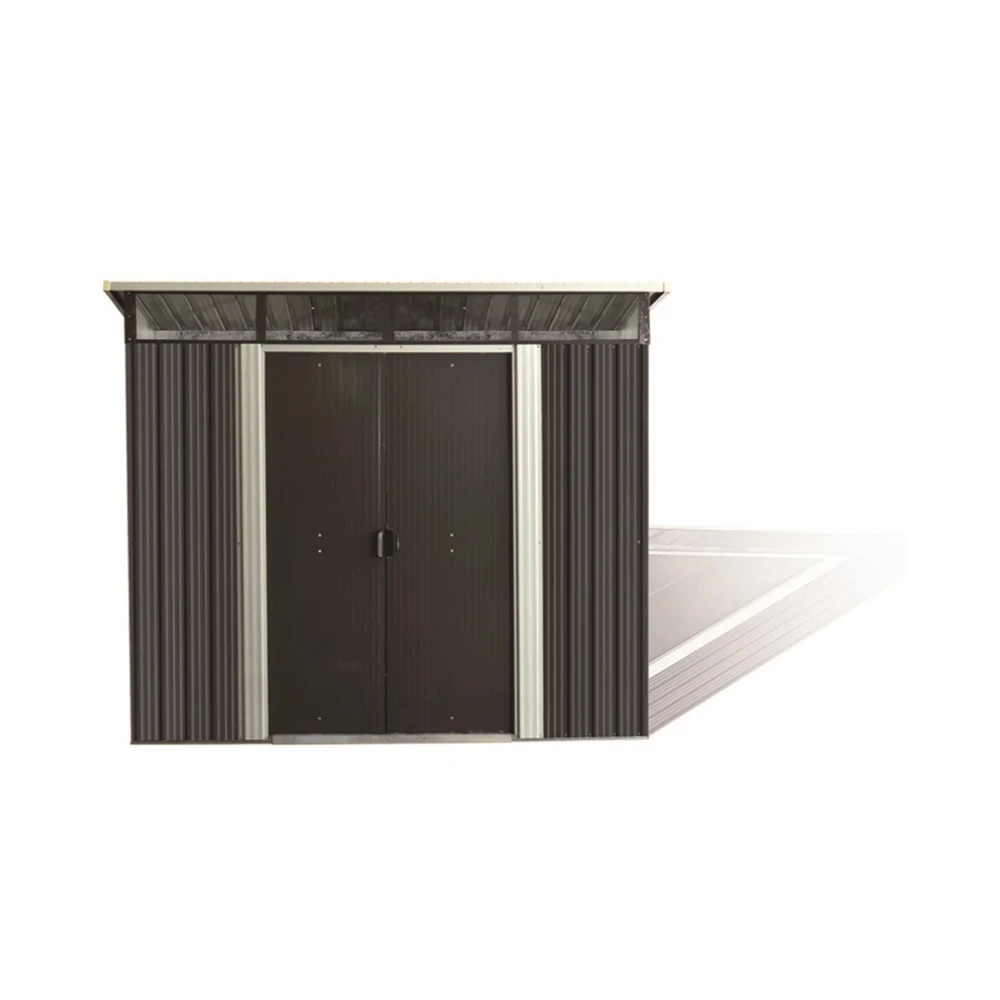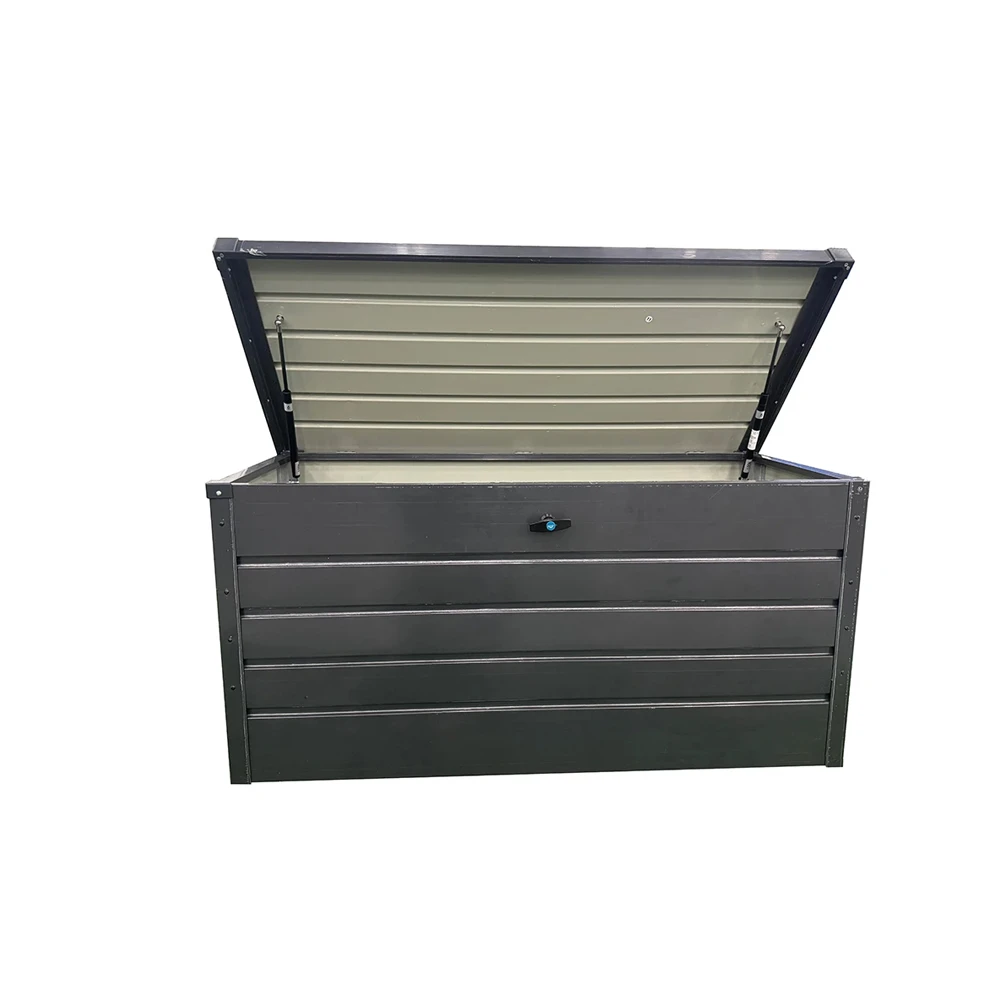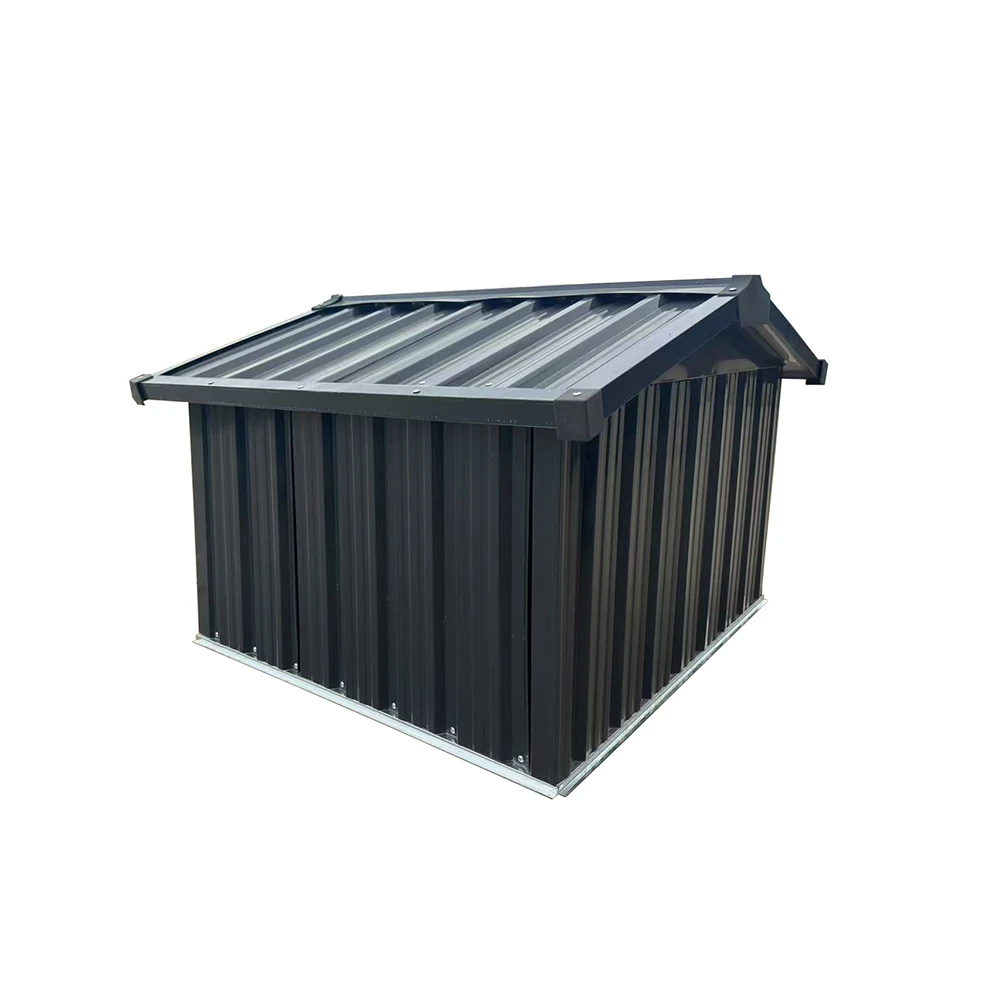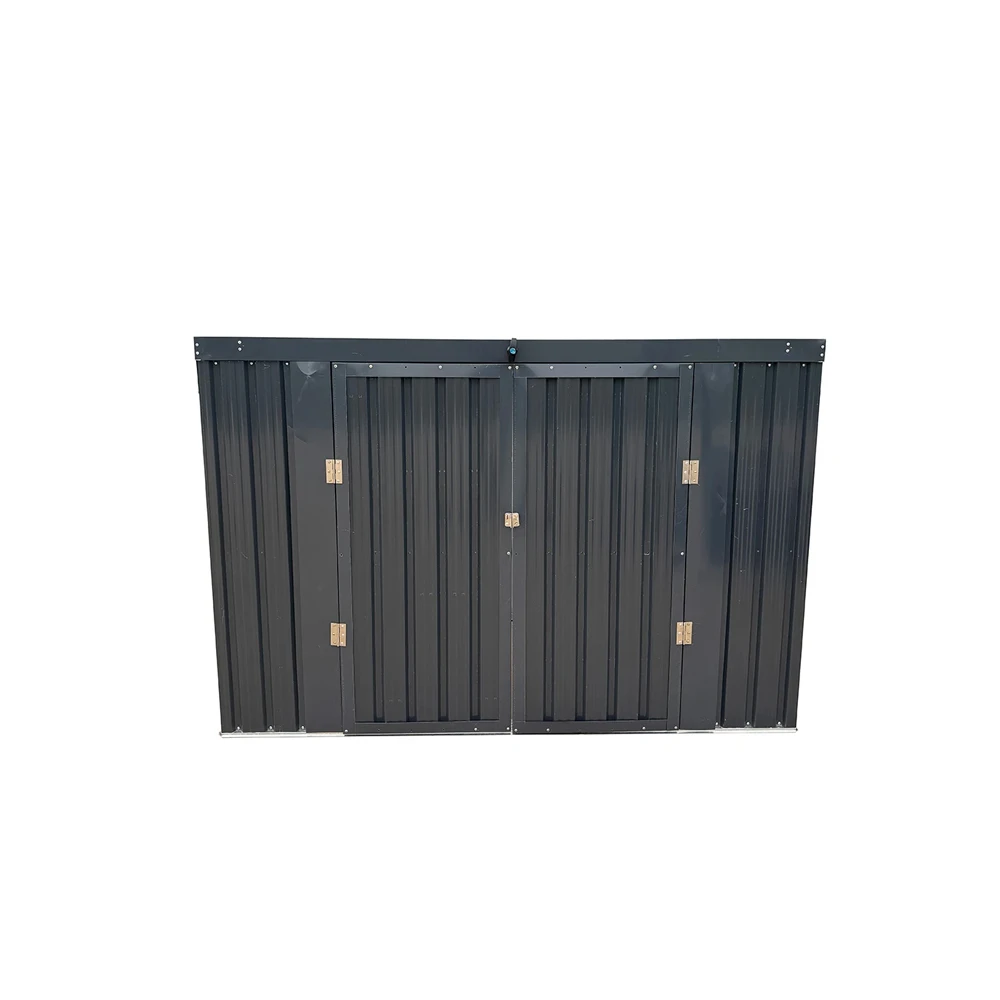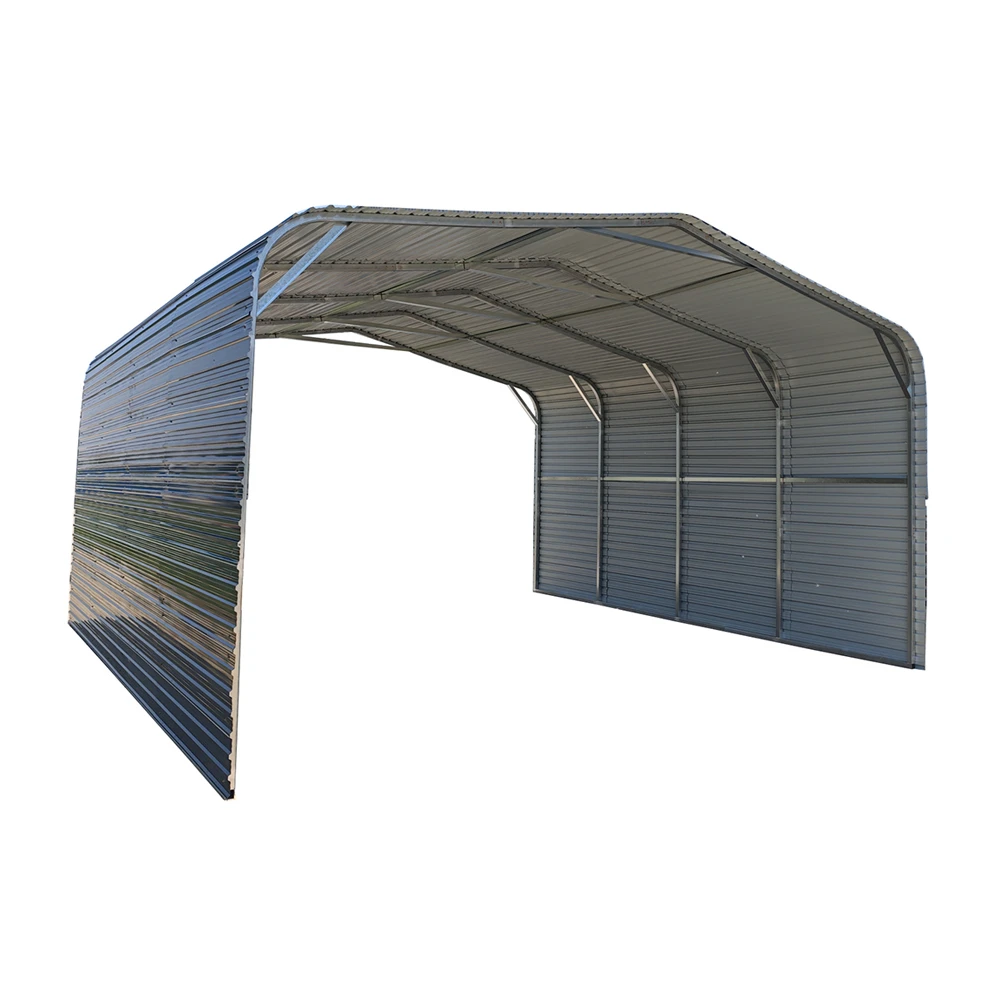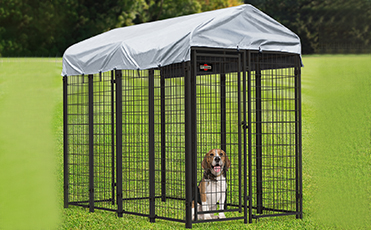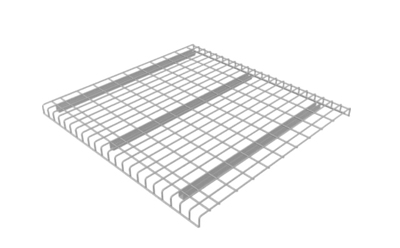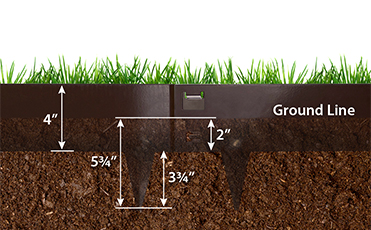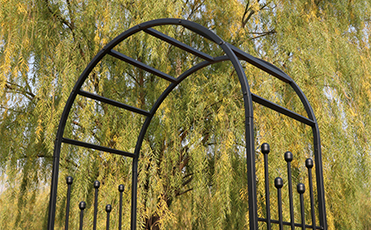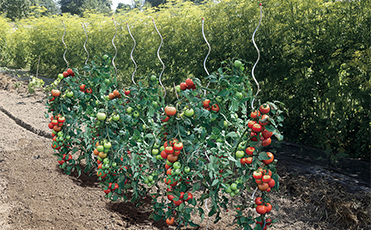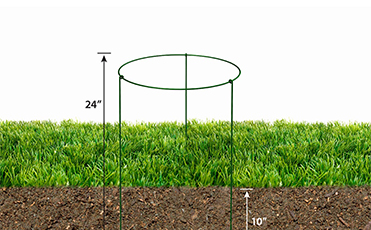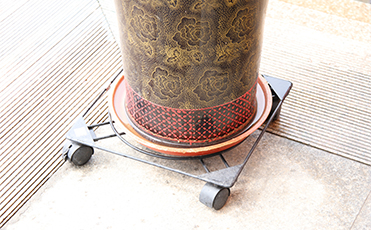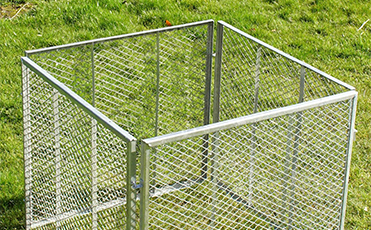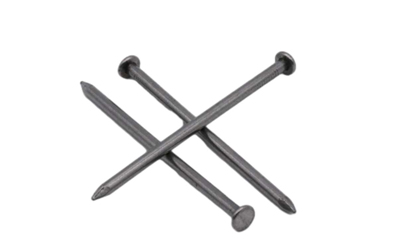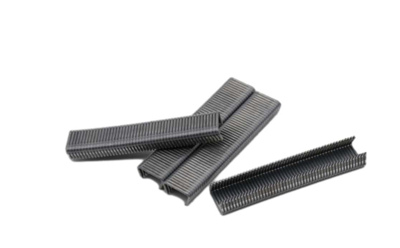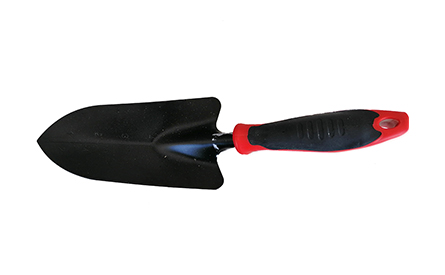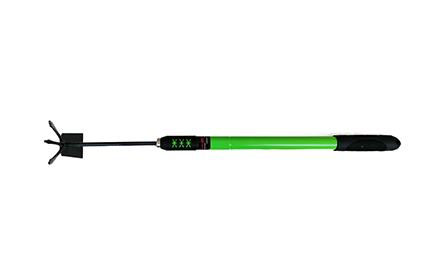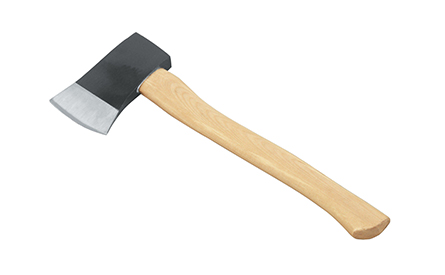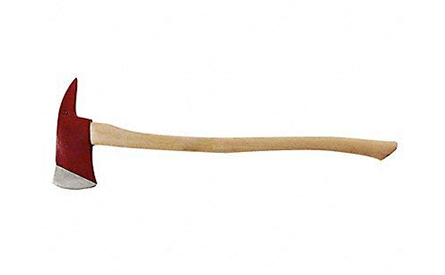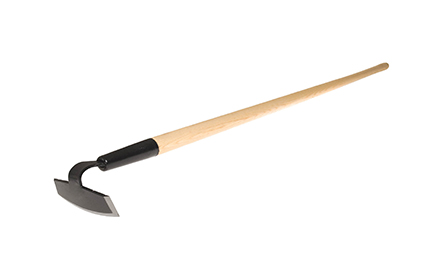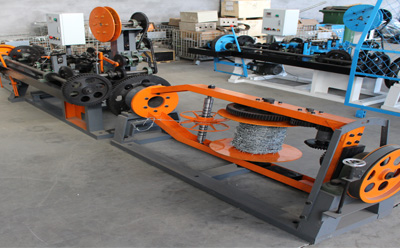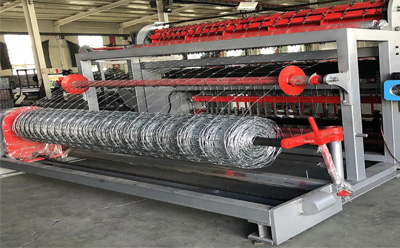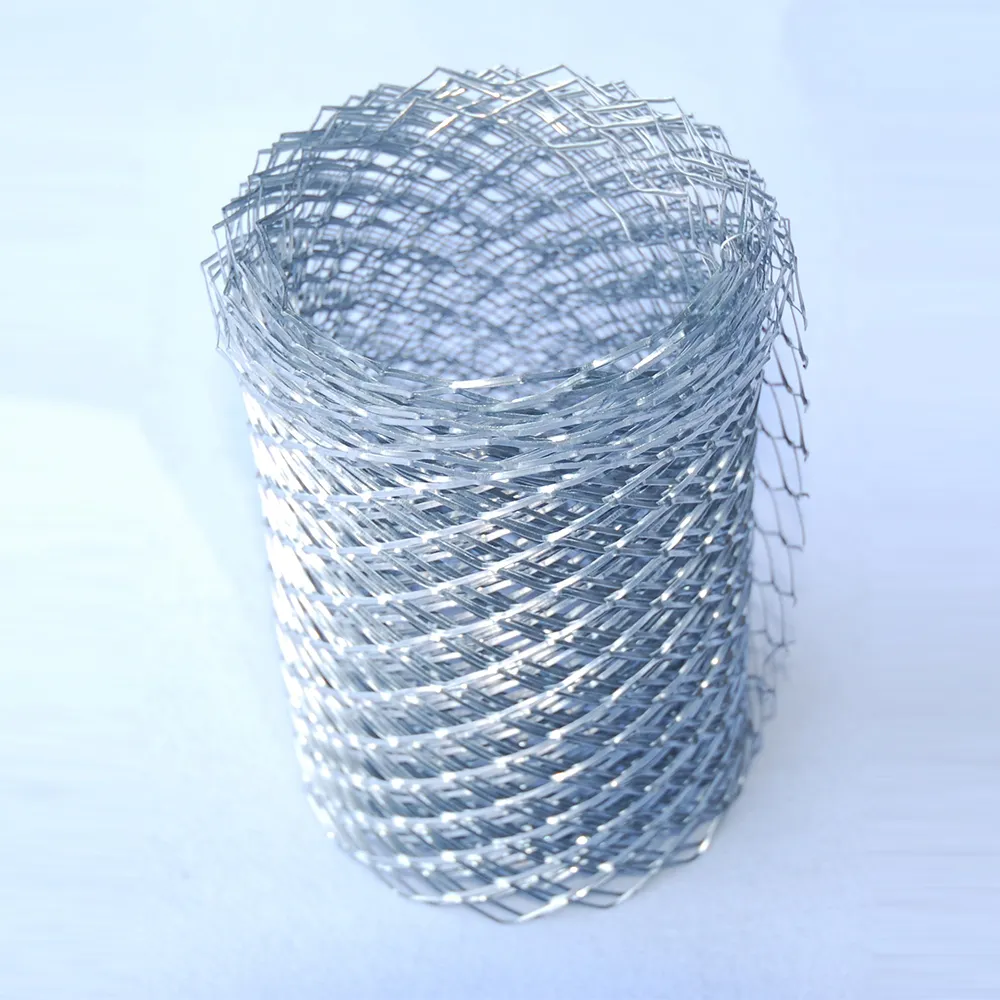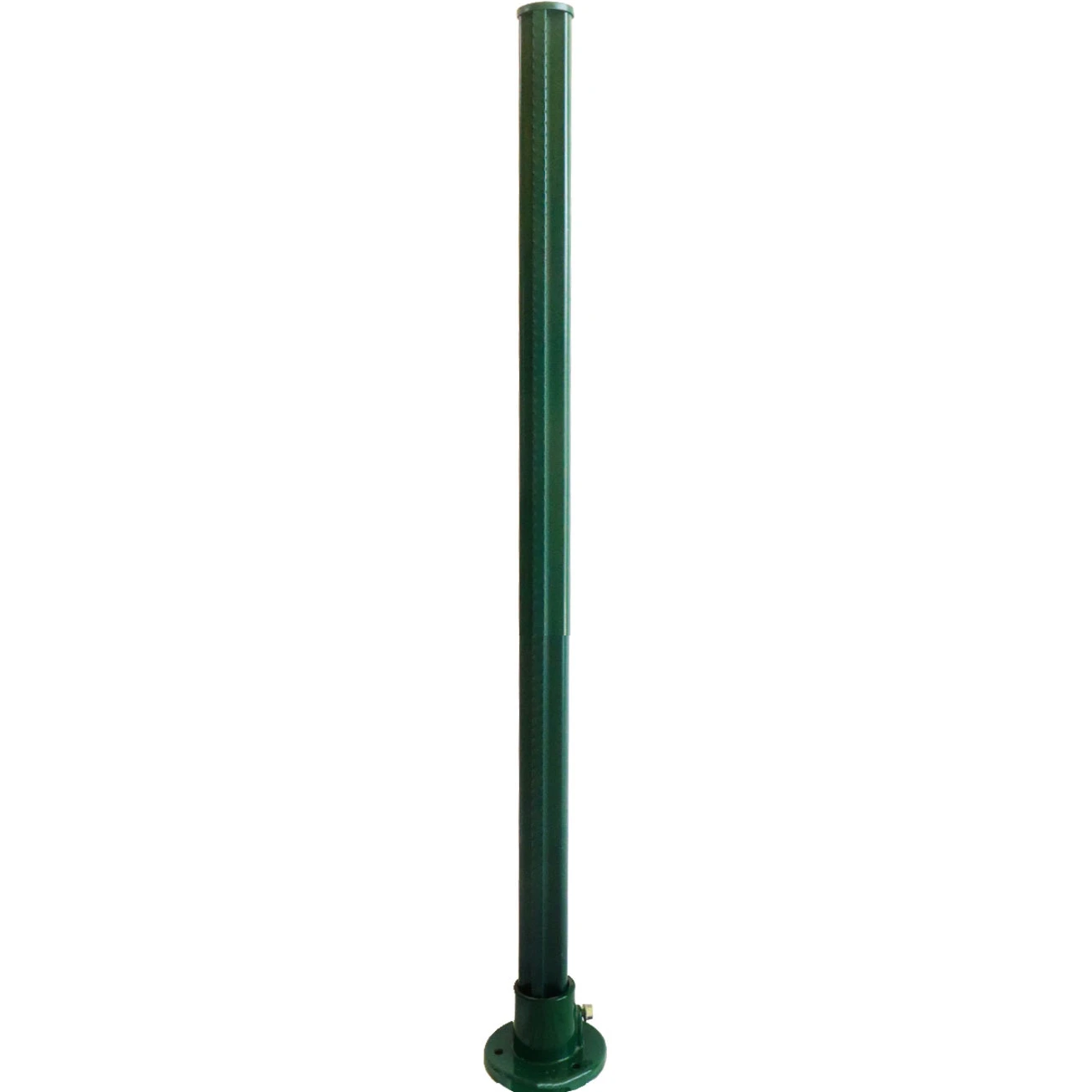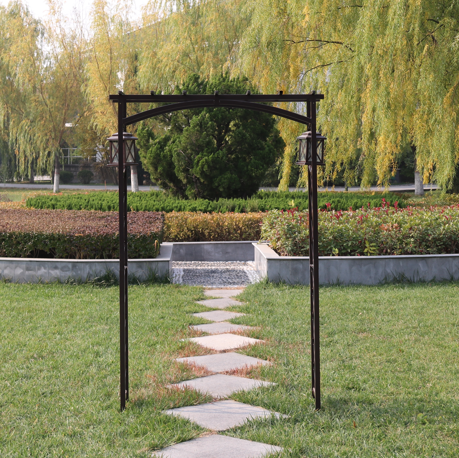Related News
Roof Sheathing Nails: A Comprehensive Guide to Selection and Installation
Apr . 23, 2024 17:20 . Selecting the right nails and installing them properly is essential for optimal performance. This article provides a comprehensive guide to the selection and installation of roof sheathing nails, empowering you with the knowledge to make informed decisions for your roofing project.
**Types of Roof Sheathing Nails**
Various types of roof sheathing nails are available, each designed for specific applications. The most common types include:
* **Ring-shank nails:** These nails have a series of rings around the shank, providing increased holding power in wood.
. Selecting the right nails and installing them properly is essential for optimal performance. This article provides a comprehensive guide to the selection and installation of roof sheathing nails, empowering you with the knowledge to make informed decisions for your roofing project.
**Types of Roof Sheathing Nails**
Various types of roof sheathing nails are available, each designed for specific applications. The most common types include:
* **Ring-shank nails:** These nails have a series of rings around the shank, providing increased holding power in wood. .
* **Smooth-shank nails:** These nails do not have rings around the shank, making them easier to drive into wood. They are commonly used for installing felt or roofing underlayment.
* **Screw-shank nails:** These nails feature a helical screw pattern along the shank, providing superior holding power in all types of wood. They are often used for installing metal roofing systems or for attaching sheathing to uneven surfaces.
.
* **Smooth-shank nails:** These nails do not have rings around the shank, making them easier to drive into wood. They are commonly used for installing felt or roofing underlayment.
* **Screw-shank nails:** These nails feature a helical screw pattern along the shank, providing superior holding power in all types of wood. They are often used for installing metal roofing systems or for attaching sheathing to uneven surfaces. .
* **Nail diameter:** The diameter of the nail should be sufficient to provide adequate holding power without splitting the wood.
* **Nail material:** Roof sheathing nails are typically made of galvanized steel or stainless steel. Galvanized steel nails provide good corrosion resistance, while stainless steel nails offer superior corrosion resistance and are recommended for applications where exposure to harsh elements is a concern.
* **Nail type:** The type of nail should be selected based on the application and the type of sheathing material being installed.
.
* **Nail diameter:** The diameter of the nail should be sufficient to provide adequate holding power without splitting the wood.
* **Nail material:** Roof sheathing nails are typically made of galvanized steel or stainless steel. Galvanized steel nails provide good corrosion resistance, while stainless steel nails offer superior corrosion resistance and are recommended for applications where exposure to harsh elements is a concern.
* **Nail type:** The type of nail should be selected based on the application and the type of sheathing material being installed. . Follow these steps for optimal results:
* **Spacing:** Nails should be spaced according to the manufacturer's specifications, typically 6 inches on center along the edges and 12 inches on center in the field.
* **Depth:** Nails should be driven flush with the surface of the sheathing, but not countersunk.
* **Angle:** Nails should be driven perpendicular to the surface of the sheathing.
* **Additional nails:** Additional nails may be required around the perimeter of the roof and in areas subject to high wind loads.
. Follow these steps for optimal results:
* **Spacing:** Nails should be spaced according to the manufacturer's specifications, typically 6 inches on center along the edges and 12 inches on center in the field.
* **Depth:** Nails should be driven flush with the surface of the sheathing, but not countersunk.
* **Angle:** Nails should be driven perpendicular to the surface of the sheathing.
* **Additional nails:** Additional nails may be required around the perimeter of the roof and in areas subject to high wind loads. .
* **Nails not holding securely:** Ensure that the nails are long enough to penetrate through the sheathing and into the underlying structure.
* **Nail heads popping out:** This can occur if the nails are not driven flush with the surface of the sheathing. Re-drive the nails using a nail set.
* **Corrosion:** Use galvanized steel or stainless steel nails to prevent corrosion, especially in areas exposed to moisture or salt.
**Conclusion**
Roof sheathing nails may seem like a minor component of your roofing system, but they play a vital role in its performance and longevity. By understanding the different types of nails available, selecting the right ones for your application, and installing them properly, you can ensure that your roof will withstand the elements and provide years of reliable protection.
.
* **Nails not holding securely:** Ensure that the nails are long enough to penetrate through the sheathing and into the underlying structure.
* **Nail heads popping out:** This can occur if the nails are not driven flush with the surface of the sheathing. Re-drive the nails using a nail set.
* **Corrosion:** Use galvanized steel or stainless steel nails to prevent corrosion, especially in areas exposed to moisture or salt.
**Conclusion**
Roof sheathing nails may seem like a minor component of your roofing system, but they play a vital role in its performance and longevity. By understanding the different types of nails available, selecting the right ones for your application, and installing them properly, you can ensure that your roof will withstand the elements and provide years of reliable protection. Copyright © 2025 Hebei Minmetals Co., Ltd. All Rights Reserved. Sitemap | Privacy Policy


